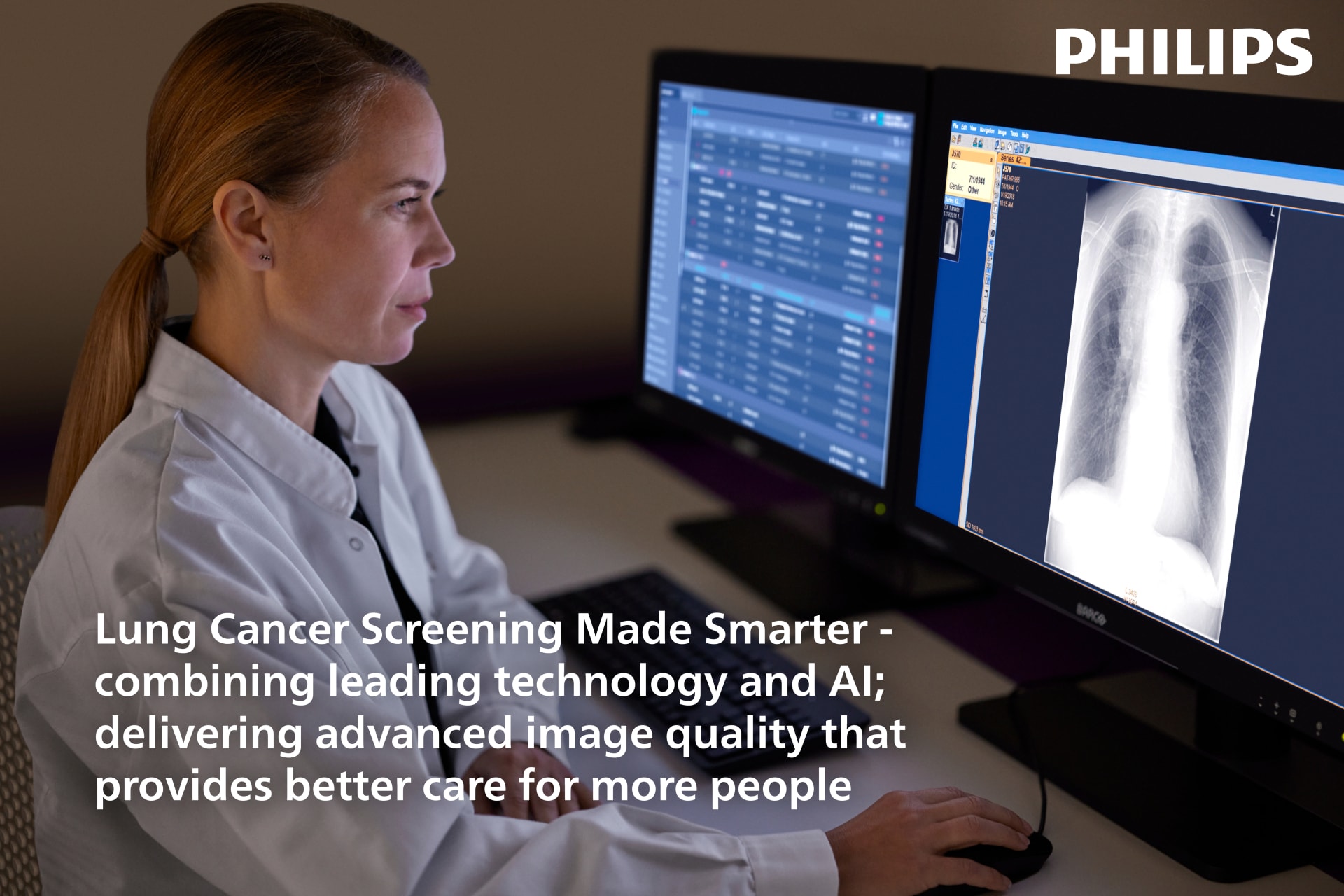
Australia's National Lung Cancer Screening Program (NLCSP) commenced in July 2025, aiming to reduce lung cancer mortality through early detection. The program offers biennial low-dose computed tomography (LDCT) scans to asymptomatic individuals aged 50 to 70 who meet specific risk criteria. Eligibility includes those with a smoking history of at least 30 pack-years (e.g., 20 cigarettes per day for 30 years) and either current smokers or individuals who have quit within the past decade [1].
Lung cancer remains Australia's leading cause of cancer-related deaths, with a five-year survival rate of only 26%. The NLCSP aims to transform outcomes by detecting cancers at earlier, more treatable stages. Studies suggest that over the first decade, the program could prevent more than 12,000 deaths and significantly improve survival rates [2].
With more than 260,000 eligible patients possibly presenting for a CT screen in the first year, the management and reporting of these scans will be paramount to the success of the program for the government, providers and most importantly patients.
Philips can provide Radiology and Respiratory clinicians/healthcare professional unique product offering to support the requirements of the NLCSP.
The Philips CT is designed to deliver high-quality imaging with reduced radiation doses [3], which is critical for the NLCSP, where LDCT is used for screening. Lower radiation exposure ensures that patients undergoing regular scans, especially those that will be on the program i.e. those at high risk due to smoking history, receive the benefits of screening with CT’s scanners designed for lower dose scanning.
The LDCT capabilities of the Philips CT5300 coupled with high-resolution imaging, and faster scanning times [4] can allow the detection of small or early-stage lung cancers with higher throughput, maximising the number of patients scanned on any given day. Furthermore, all Philips CT seamlessly integrates with Philips' Advanced Visualisation Workspace (AVW) and other diagnostic platforms, allowing for collaborative, efficient analysis. Radiologists can quickly identify and assess potential lung cancer cases, enhancing the speed and accuracy of diagnosis providing better care for more people.
How AI and Philips Advanced Visualisation Workspace (AVW) can assist all healthcare providers with the NLCSP reporting.
Additionally, the vast array of applications available on the AVW support additional findings such as Automated Calcium Analysis for the burden of calcium in the coronary arteries. As mentioned above, the AVW is a true vendor neutral solution, facilitating AVW integration with existing CT systems, and offers reporting guidelines for Pan-Canadian Early Detection Guidelines of Lung Cancer (Pan-Can), Lung Imaging Reporting and Data System (Lung-RADS and Fleischner Society Guidelines for Incidental Pulmonary Nodules recommendations. Additionally, modifications to these guidelines can be easily performed, providing instant capture of results in the required format for the National Cancer Registry, reducing the steps needed to upload all NLCSP results while ensuring consistency in what is stored. For more information about the AVW15 CT Lung Nodule Analysis application, click here.
Philips’ AVW is expected to be pivotal in Australia's upcoming NLCSP by enhancing the interpretation, reporting and follow-up of low-dose computed tomography (LDCT) scans. The vendor neutral AVW platform provides advanced tools for radiologists and clinicians to visualize and analyse lung images with greater precision, helping to identify potential early-stage lung cancers and to ensure these can be followed up according to the guidelines [5].
Key benefits of AVW when incorporated with CT imaging include:
References [1] https://www.health.gov.au/our-work/nlcsp [3] https://www.philips.com.au/healthcare/product/HC728285/ct-5300-hc728285-ct-scanner [4] https://www.philips.com.au/healthcare/product/HC728285/ct-5300-hc728285-ct-scanner [5] https://www.documents.philips.com/assets/20230725/eebbb56f8d3a4fea9df1b04a01540eaa.pdf [7] https://www.philips.com.au/healthcare/solutions/diagnostic-informatics/advanced-visualization [8] https://www.philips.com.au/healthcare/product/881120/advanced-visualization-workspace-15#features
Share on social media
Topics
Contacts

Hayley Willis Communications and Brand Manager Philips Australia & New Zealand
You are about to visit a Philips global content page
Continue










